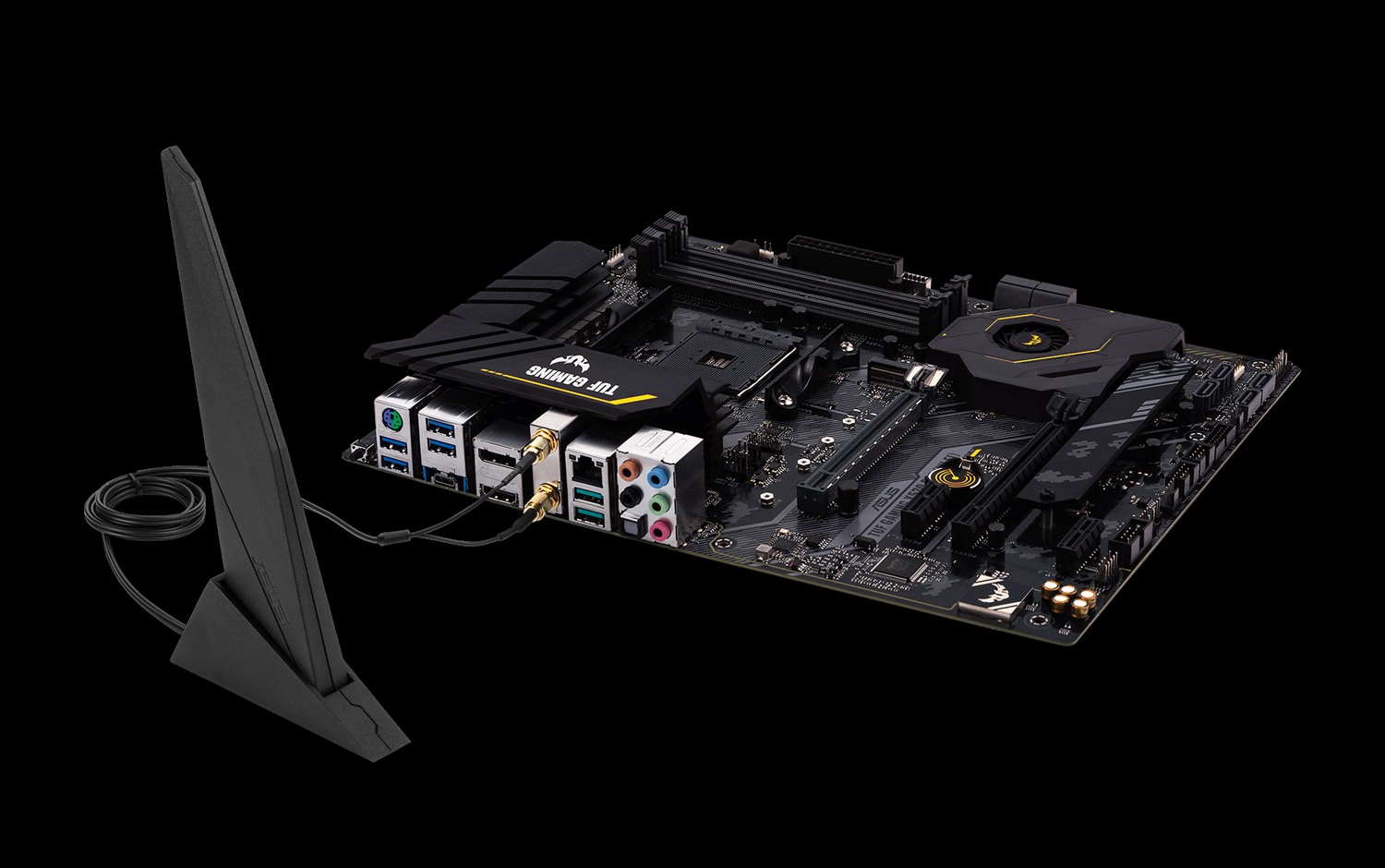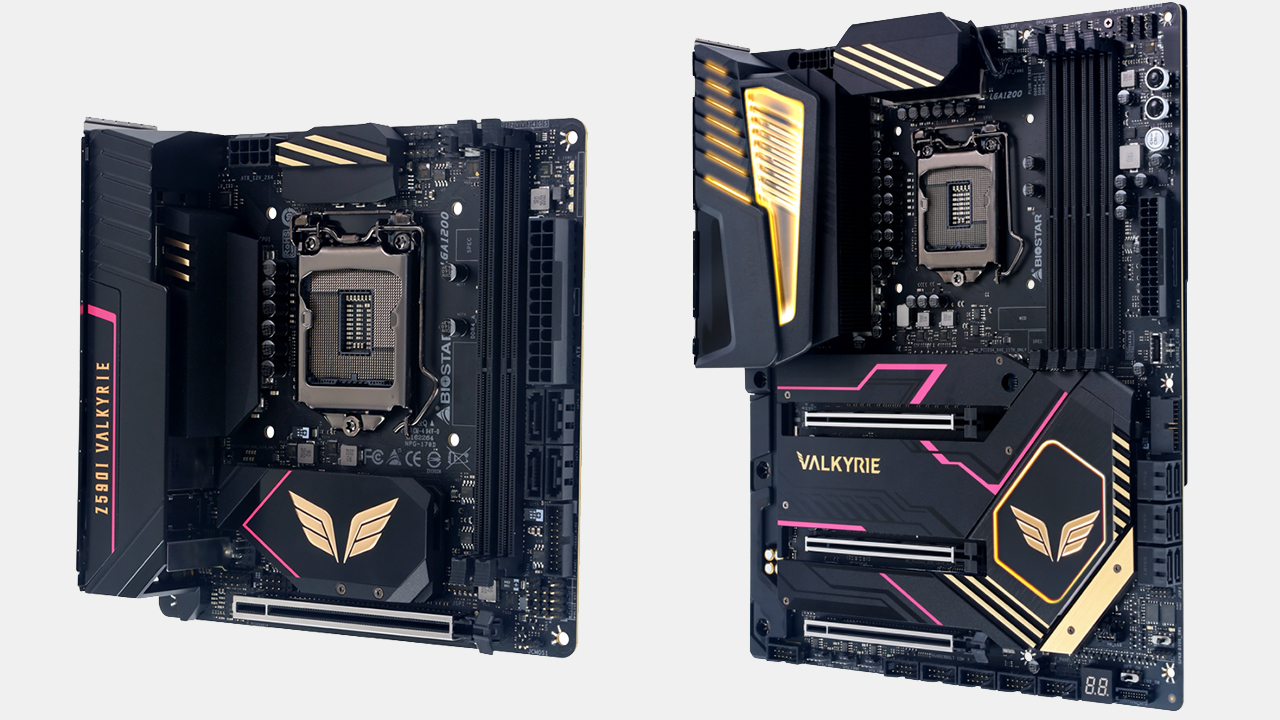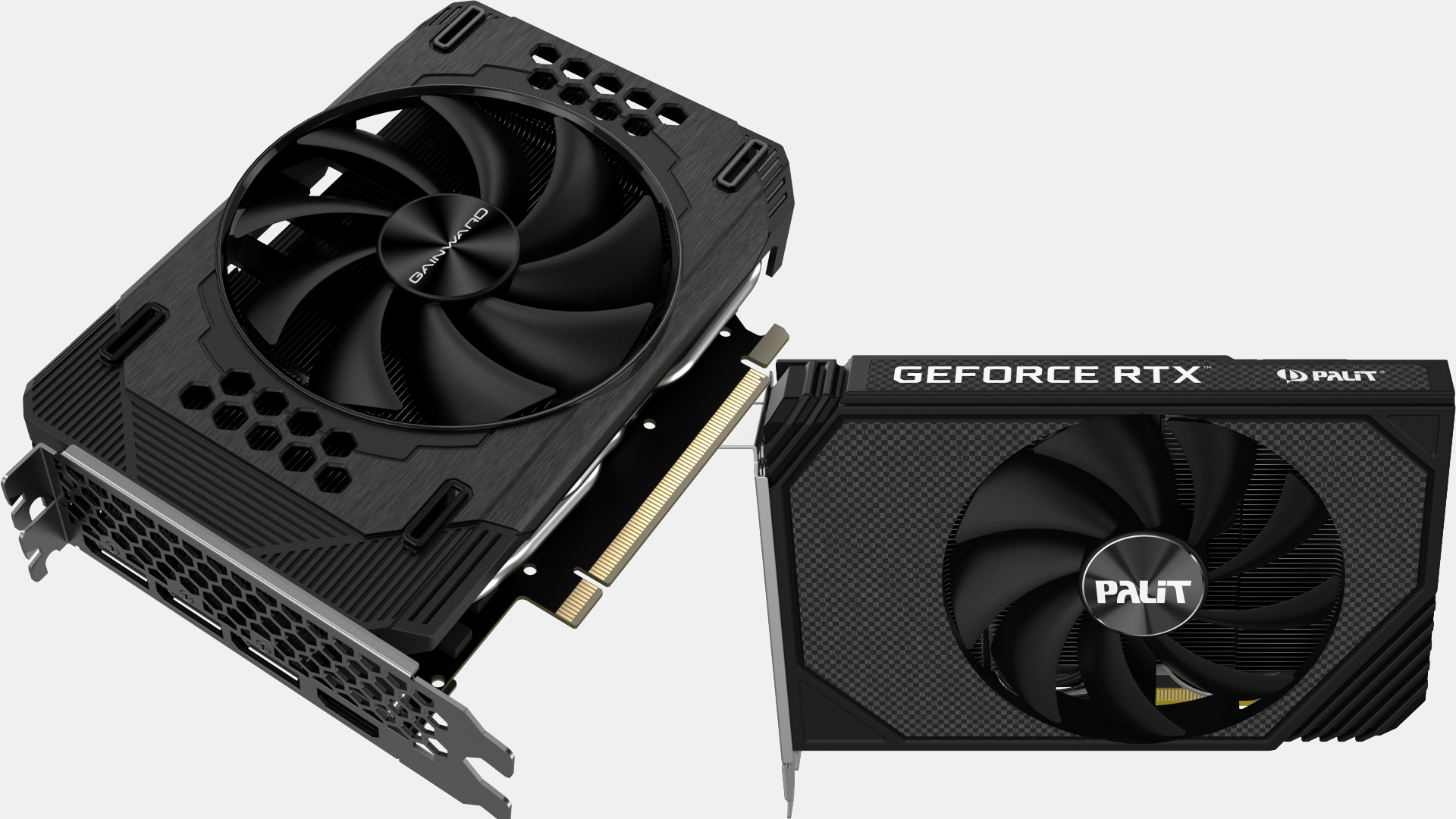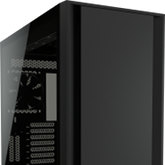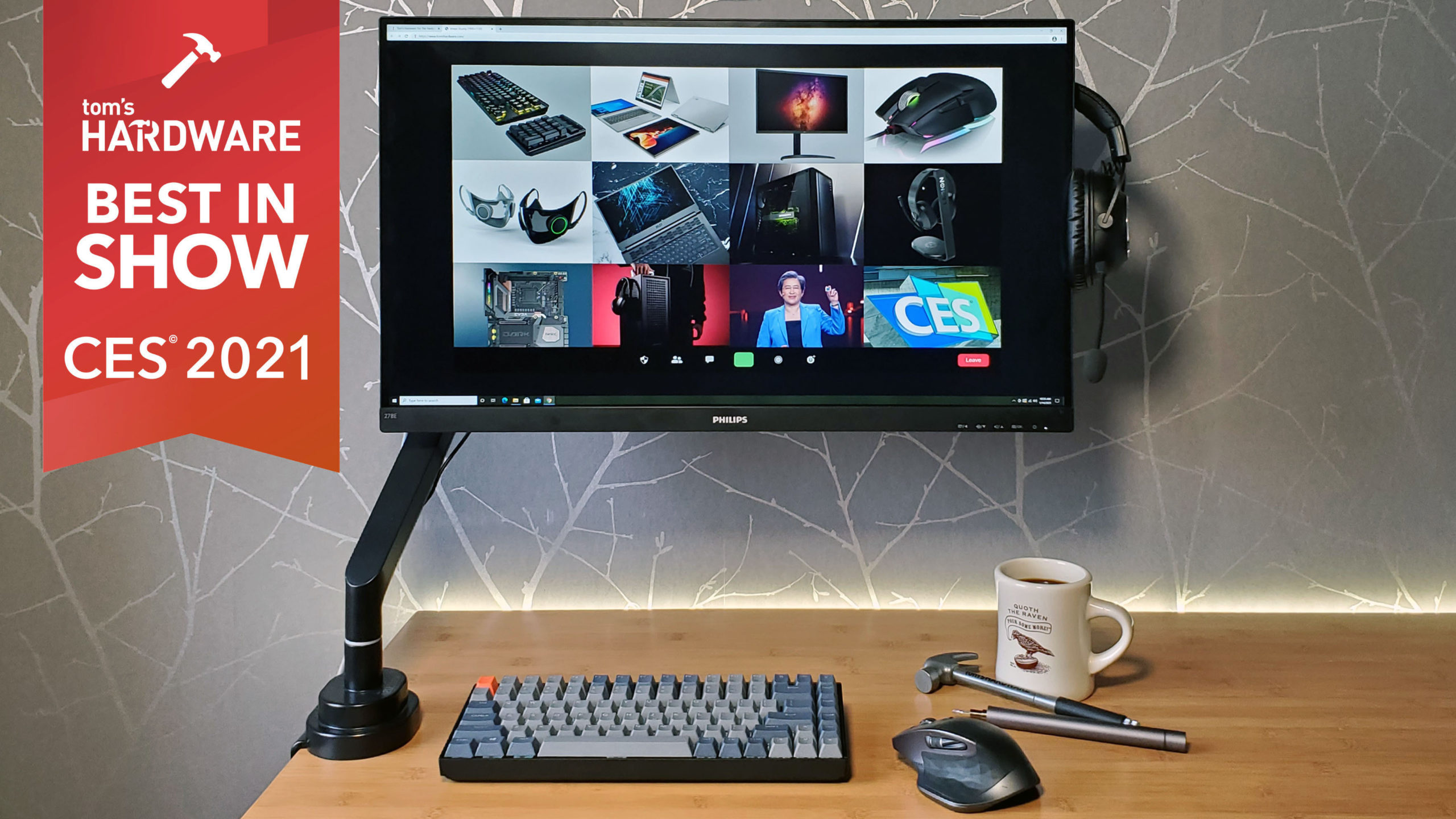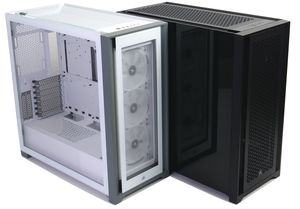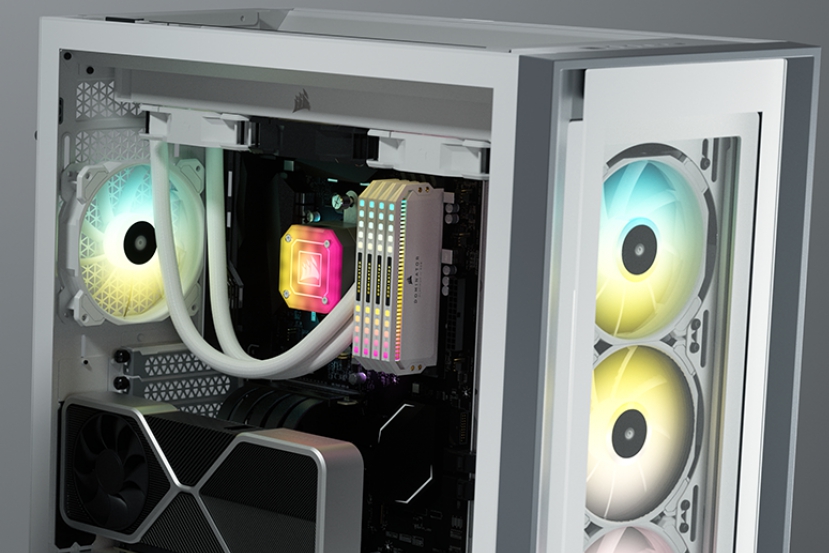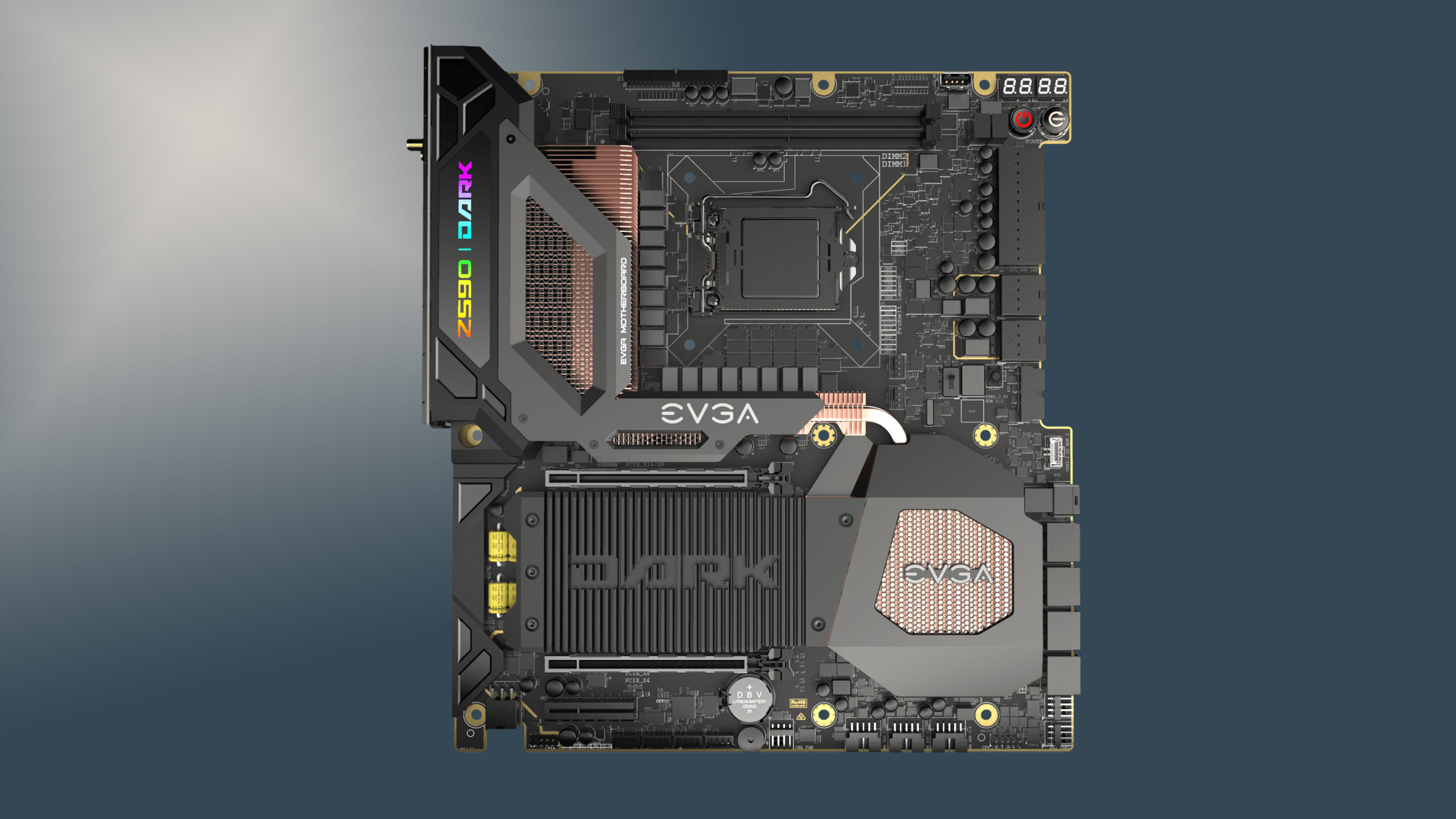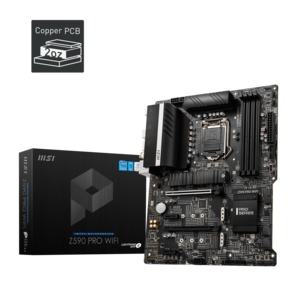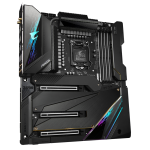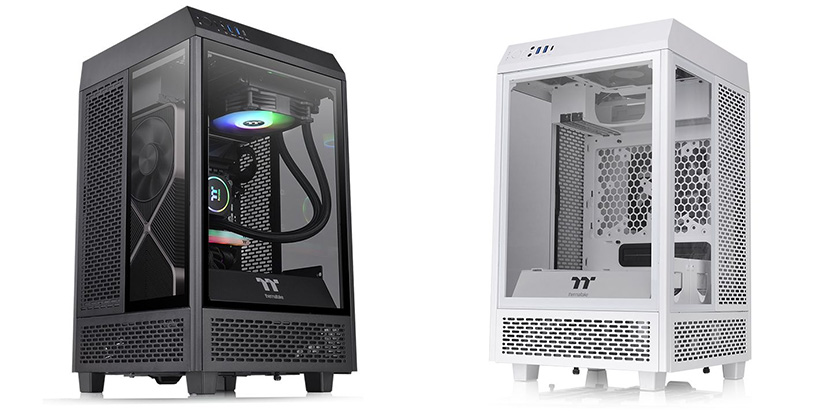Our Verdict
The Asus TUF Gaming X570-Pro Wi-Fi is an inexpensive yet capable motherboard. With power delivery capable of handling an overclocked Ryzen 9 5950X, integrated 2.5 GbE and Wi-Fi 6 capabilities, plusand eight SATA ports, the $220 board is a good option to get into the X570 platform.
For
- Capable 12-Phase 50A Power Delivery
- Intel 2.5 GbE / Wi-Fi 6
- Eight SATA ports
- Reasonable price for X570
Against
- Only seven rear USB ports
- Appearance may not be for everyone
Features and Specifications
The Asus’ TUF Gaming X570-Pro WiFi we have for review is one of the cheaper X570 options available. At $219.99, the boardPro WiFi includes a capable VRM that handled our power-hungry AMD Ryzen 9 5950XAMD Ryzen 9 5950X at stock speeds and while overclocked. In our testing suite, the board performed OK, on average running slightly slower than the other boards, though there were few significant outliers on either side of average.
At the time of publishing, the matured Asus X570 lineup includes options from the TUF, Prime, Strix, WS (Workstation), and ROG lines, a total of 14 boards. Since we last checked, Asus added a Mini-ITX option, which was the only form-factor missing upon release. Today, the product stack consists of a wide variety of motherboards in varying sizes, feature sets, and price points. There is likely something for everyone in the company’s X570 lineup.
Digging down into the performance results, we saw slightly below average scores/times in long-running CPU heavy multi-threaded tests such as Cinebench, Handbrake, POV-Ray and Corona. The PCMark 10 suite was on the opposite side of things, generally running as fast or faster than most other boards we’ve tested. The TUF Gaming X570 Pro WiFi showed promising results in synthetic tests and actual games. Overall, performance isn’t a concern, though if you plan on getting a Ryzen 9 5950X and beating on all cores and threads, there are better performing (but higher-priced) options out of the box.
Outside of performance, the board sports dual PCIe 4.0 x4 M.2 sockets, eight SATA ports, 2.5 GbE and integrated WiFi 6, premium Realtek audio, TUF components, and more. The board’s styling is pretty simple, with all- black PCB and parts, outside of some TUF highlighting. Some may enjoy the look, others not so much. You’ll find RGB LED lighting onboard, but only a small portion to the right of the chipset heatsink. Read on for more details about the X570-Pro WiFi, including more features and elements on performance testing.
Specifications – Asus TUF Gaming X570-Pro WiFi
| Socket | AM4 |
| Chipset | X570 |
| Form Factor | ATX |
| Voltage Regulator | 14 Phase (12+2, 50A MOSFETs) |
| Video Ports | (1) HDMI 1.4b |
| (1) DisplayPort 1.2 | |
| USB Ports | (3) USB 3.2 Gen 2, Type-A and Type-C (10 Gbps) |
| (4) USB 3.2 Gen 1, Type-A (5 Gbps) | |
| Network Jacks | (1) 2.5 GbE |
| Audio Jacks | (5) Analog + SPDIF |
| Legacy Ports/Jacks | PS/2 |
| Other Ports/Jack | ✗ |
| PCIe x16 | (1) v4.0 (x16) |
| (1) v4.0 (x4) | |
| PCIe x8 | ✗ |
| PCIe x4 | ✗ |
| PCIe x1 | (2) v.4.0 (x1) |
| CrossFire/SLI | 2-Way CrossfireX |
| DIMM slots | (4) DDR4 5100+(OC), 128GB Capacity |
| M.2 slots | (2) PCIe 4.0 x4 / PCIe + SATA (up to 110mm) |
| U.2 Ports | ✗ |
| SATA Ports | (8) SATA3 6 Gbps (RAID 0, 1 and 10) |
| USB Headers | (1) USB v3.2 Gen 2 (Type-C) |
| (2) USB v3.2 Gen 1 | |
| (2) USB v2.0 | |
| Fan/Pump Headers | (6) 4-Pin |
| RGB Headers | (1) aRGB (3-pin) |
| (2) RGB (4-pin) | |
| Legacy Interfaces | ✗ |
| Other Interfaces | FP-Audio, TPM |
| Diagnostics Panel | Yes, 4-LED Q-LED display |
| Internal Button/Switch | ✗ |
| SATA Controllers | ASMedia ASM1061 |
| Ethernet Controller(s) | (1) Intel I225-V (2.5 GbE) |
| Wi-Fi / Bluetooth | Intel WiFi-6 AX200 (802.11ax, 2×2, MU-MIMO, OFDMA, BT 5.1) |
| USB Controllers | ✗ |
| HD Audio Codec | Realtek ALC1200A |
| DDL/DTS Connectc | ✗ / Yes |
| Warranty | 3 Years |
Inside the retail packaging, you’ll find several accessories including SATA cables, a support DVD, and more. The included accessory stack isn’t big, but has most of what you need to get started. Below is a complete list of all the extras inside the box.
● I/O shield
● (2) SATA cables
● M.2 screw package
● Support DVD
● Asus dual-band WiFI Antennas
● TUF Gaming sticker
● TUF certification card(s)
● M.2 rubber package(s)
Image 1 of 3
Image 2 of 3
Image 3 of 3
After removing the TUF Gaming X570-Pro WiFi fromout of the box, you’ll see a black/dark grey motherboard with a few yellow highlights noting the TUF branding. A stenciled pattern starts around the chipset heatsink and ending around the VRM area. All sockets and slots are also black and grey. Overall, the styling is simple and will fit in with most builds. However, it doesn’t jump out at you like a classic good- looking board, so some may not like its rugged appearance.
On the RGB side of things, Asus has a small strip to the chipset heatsink’s right that matches the grey stenciled pattern. The RGB colors are saturated, but the small strip isn’t terribly bright. If the integrated lighting isn’t enough, there are three headers for expansion. The Asus Aura application handles lighting control.
Looking at the top half of the motherboard, one of the first things that jumps out to me is the large heatsinks that cover the VRM. The black heatsinks reach out to cover part of the rear IO area and other undesirable bits on the motherboard. An 8-pin EPS connector (required) and a 4-pin EPS connector (optional) deliver power to the CPU. The area around the socket is relatively busy with many capacitors close to the mounts, but this is nothing to worry about. Just to the right of the socket are four DRAM slots that support up to 128GB of DDR4 RAM with speeds listed up to a smoking- fast 5100+ MHz +(OC).
Above the DRAM slots are the first two (of six) fan/pump headers. All six of these headers support a maximum of 1A/12W. All headers except for the AIO_PUMP are Q-Fan controlled and adjustable. The CPU_FAN and CPU_OPT headers in this area automatically detect if the connected fan is DC or PWM controlled. The rest of the headers will need to be manually selected. No matter what price point, I would like to see all fan headers automatically adjust to the right control method. Additionally, there are two more fan headers on the top half of the board. These chassis fan connectors are located just below the left VRM heatsink above the top PCIe slot.
Immediately to the right of the fan headers up top is the first RGB header. In this case, it’s a 4pin RGB with the 3-pin ARGB header located to the right of the socket area. Located just above the 3-pin RGB header is the Asus Q-LED area. Q-LED consists of four LEDs on board that light up during the POST process. If the board hangs on the DRAM, CPU, VGA, or boot devices, the corresponding LED remains lit, telling you at a high -level why the board won’t POST. Without a two2-character debug LED, the Q-LED is a valuable tool for troubleshooting POST issues.
Just below the Q-LEDs and 3-pin RGB header is the 24-pin ATX connector for sending power to the motherboard and the front panel USB 3.2 Gen2 Type-C front panel header.
The Asus webpage for the TUF Gaming X570 Pro lists a 12+2 configuration for the Vcore and SOC, which at a high level, bodes well for handling our Ryzen 9 5950X. Managing power sent to the MOSFETs is the Asus Digi+ chip (ASP1106GGQW at X+Y = 6). The six-channel controller works in a 4+1 ‘teamed’ setup. This VRM configuration from Asus does away with phase doublers, sending the power to three 50A Vishay SIC639 Dr. MOS MOSFETs each. The 600A available for Vcore is plenty for our CPU at stock and ambient overclocking.
Sliding down to the bottom half of the board, we’ll start with the audio section on the left side. At first look, you should see a Faraday cage with the TUF symbol on it, covering the Realtek ALC S1200A codec. Just below the codec are five premium black and yellow Nichicon audio caps. We won’t find the flagship codec or op-amps on lower- priced X570 boards, but the high-end audio codec should be sufficient for most users.
In the middle of the board you’ll find two full-length PCIe slots and two x1 size slots. The primary GPU slot (top slot) is reinforced with the Asus Safeslot said to provide additional retention and shearing resistance while the bottom is not. The top slot is fed from the CPU and offers PCIe 4.0 x16 bandwidth, with the second full-length slot fed from the chipset with four PCIe 4.0 lanes. The two short x1 size slots get their lanes from the chipset, each running at PCIe 4.0 x1 speeds.
Just above the primary video card slot is the first M.2 socket. The second socket is located towards the bottom of the board and has a heatsink. Both M.2 sockets support PCIe 4.0 x4- and SATA- based modules , offering more flexibility than some boards that only run PCIe based modules only in the second/third slot. Worth noting: is only the bottom slot includes a simple heatsink. If you’re running a PCIe 4.0 NVMe- based drive, you’ll likely want to use that socket unless your module comes with a heatsink.
Finally, to the right of the PCIe/M.2 area is the chipset heatsink and fan. The chipset fan was virtually inaudible at default settings, so there is nothing to worry about there. On the right edge, we spy four of the eight SATA ports. The SATA ports support RAID0, 1 and 10 modes.
Across the board’s bottom are several headers and even a few SATA ports. You won’t find any buttons here. Below is the full list, from left to right:
● Front panel audio
● COM port
● COM debug
● CLR CMOS
● 4-pin chassis fan header
● (2) USB 2.0 ports
● USB 3.2 Gen1 port
● 4-pin chassis fan header
● (4) SATA ports
● RGB header
● Front panel header
Swinging around back to the rear IO, the TUF Gaming X570 Plus WiFi doesn’t include an integrated IO plate, so you’ll have to install it. There are seven USB ports out back, including one USB 3.2 Gen2 Type-C, four USB 3.2 Gen 1 ports, and two USB 3.2 Gen1 ports. I’d like to see a couple more USB ports out back here, as some users could struggle with seven. Outside of that is a clear CMOS button, a legacy PS/2 port, and DisplayPort/HDMI outputs for the integrated video. Last are the WiFi antenna connections and a 5-plug audio stack with SPDIF.
MORE: Best Motherboards
MORE: How To Choose A Motherboard
MORE: All Motherboard Content
